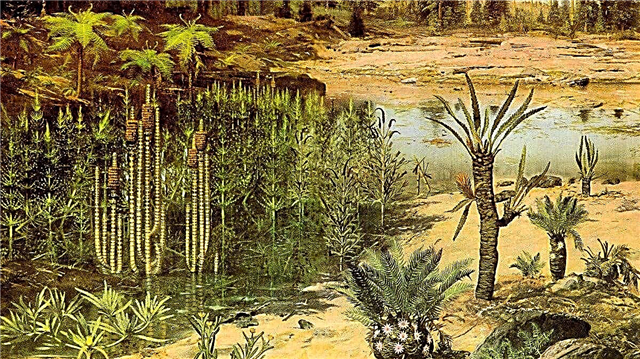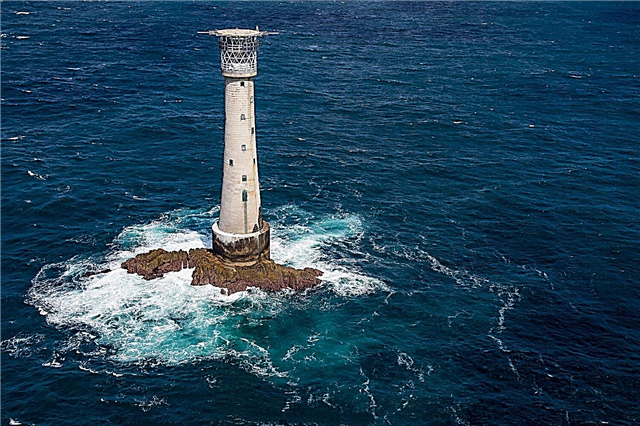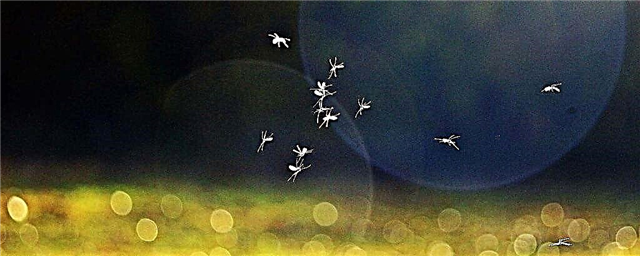
It is easy to determine how the bay differs from the sea only at first glance. However, if you think about why the Mexican is this bay, given that many seas are much smaller than it, then many questions arise.
What is the sea?
The sea is a body of water that is isolated by the elevations of underwater reliefs or parts of land. The seas are young formations and the deepest of them were formed by fractures of tectonic plates. Small seas most often adjoin the outskirts of the continents.
Seas are divided according to several classifications:
- degree of isolation;
- belonging to one of the 5 oceans;
- the ruggedness of the coastline (slightly cut or strongly cut), however, the coast may be completely absent, like the Sargass Sea;
- salinity (strongly salted and slightly salted).

The degree of isolation is worth considering in more detail. In accordance with it, the seas are divided into 4 main types:
- Internal - isolated (without access to the World Ocean) or semi-isolated (communication with the ocean through the straits). The Dead and Aral Seas are more considered lakes.
- Intercontinental - on the example of the Red or the Mediterranean, which are at the junction of the continents.
- Inter-island - separated by island groups, which impede complete connection with the world ocean (Sulawesi Sea or the Javanese Sea).
- Outskirts are the so-called shelf seas, where there are many currents and full access to the ocean.Most often they are separated from each other by hills, both underwater and island.

Interesting fact: The exact number of seas is unknown, as the opinions of scientists differ. The most common version is the presence of 81 seas on the planet.
What is a bay?
The bay is a body of water, part of a larger water resource. It should go into land, but have free water exchange with the main body of water. It is often difficult to draw an imaginary border between a large body of water and the bay.
Examples include the Gulf of Finland (the main body of water is the Baltic Sea), Guinea (Atlantic Ocean), Alaska Bay (Pacific Ocean).
Bays can be of different types:
- A bay is a bay that is protected from waves and wind by land areas. This term is also often understood as a harbor. But the latter refers to artificial reservoirs.
- An estuary is a bay that was formed by a river. Falling into the sea, its mouth becomes wider - this is the estuary. Mistakenly consider this term similar to “lip”. The lip is not a continuation of the mouth and, in addition, other rivers can flow into it. An example is the Onega Bay, the Neva Bay.
- The fjord is a small bay where the coastline is formed by cliffs. Most often, the length of such a bay exceeds the width.
- Estuary is a bay that appeared as a result of flooding of a river valley, and has winding, low shores.
- A lagoon is a bay that is separated from a large body of water by barrier islands or reefs.

Interesting fact: from the side of hydrology, some bays are full seas.For example, the Bengal, Persian, Mexican gulfs.
Similarities and differences between the seas and bays
Seas and bays are secondary water bodies after the World Ocean. Their main differences are:
- Water exchange. The bay, as part of another reservoir, has free water exchange with the main water unit. The sea can be protected from the ocean by physical barriers and, accordingly, have limited water exchange.
- Belonging to a reservoir. A bay is part of any large body of water (river, ocean, sea, lake). The sea can only be part of the ocean, to the basin of which it belongs.
- Salinity. The sea can be weak or strong, but always salty. The bay can be either salty or fresh - depending on the pond.
- Individuality. Due to the fact that the sea is separated from the ocean by land, it may have an individual hydrological regime. There is free water exchange in the bay and therefore its hydrological regime depends on the reservoir where it is located.
- The border. The sea does not need to be in contact with land (Sargasso Sea). Land forms the bay.

The bay from the sea is distinguished by water exchange, boundaries, belonging to a reservoir, salinity and possible individuality in hydrological regimes. The main feature of the bay is the presence of a coastline. And the sea, unlike the bay, is never fresh.












